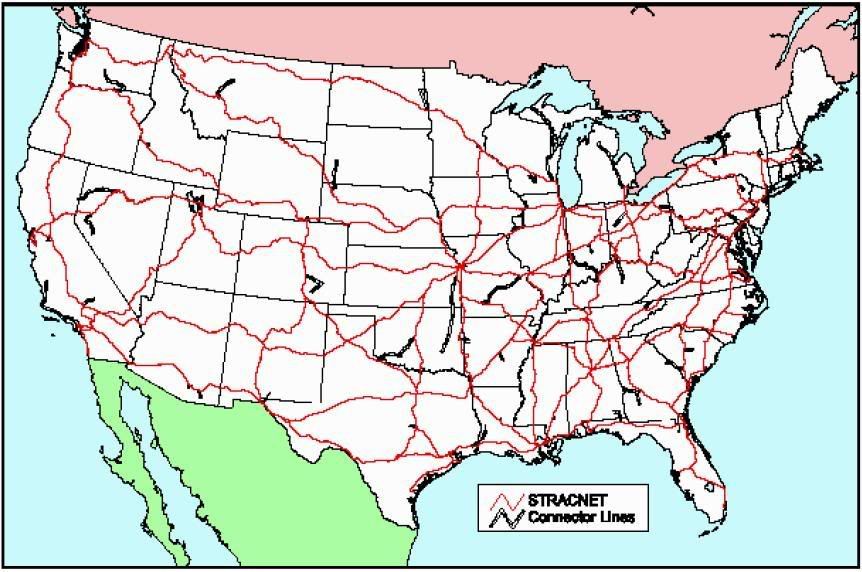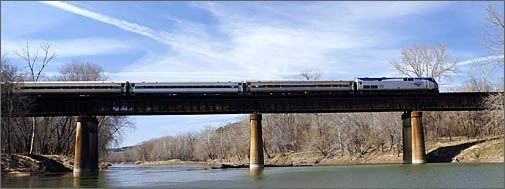Burning the Midnight Oil for Living Energy Independence
Now New and Improved with Poll Technology
Programming Note: I recently received for review a copy of Waiting on a Train by James McCommons, published by Chelsea Green Publishing. I’ll likely be talking about it next week, but til then, you can read James Kunstler’s Intro online at AlterNet.
Back in early September, I discussed the Steel Interstate in the context of the Appalachian Hub. The concept of the Steel Interstate is electrifying main rail corridors and establishing 100mph Rapid Freight Rail paths.
 The broadest application of this concept is the proposal to Electrify STRACNET, the STrategic RAil Corridor NETwork.
The broadest application of this concept is the proposal to Electrify STRACNET, the STrategic RAil Corridor NETwork.
The Appalachian Hub, recall, is a hypothetical Emerging / Regional HSR passenger rail network, modeled on the Midwest Hub and Ohio Hub plans.
And it is hypothetical, of course, because the state governments of the Appalachian regions have been laying down on the job. The High Speed Rail corridor planning framework established under the Clinton Administration in the 90’s is a bottom-up system, with states establishing High Speed Rail commissions, advancing plans to the stage of gaining designation as a HSR corridor, sorting out the financing, and applying for Federal funding.

 A few weeks back,
A few weeks back, 




 One of the stories that came out into the press this week was the pledge by the US Department of Transport to look into
One of the stories that came out into the press this week was the pledge by the US Department of Transport to look into  crossposted from
crossposted from